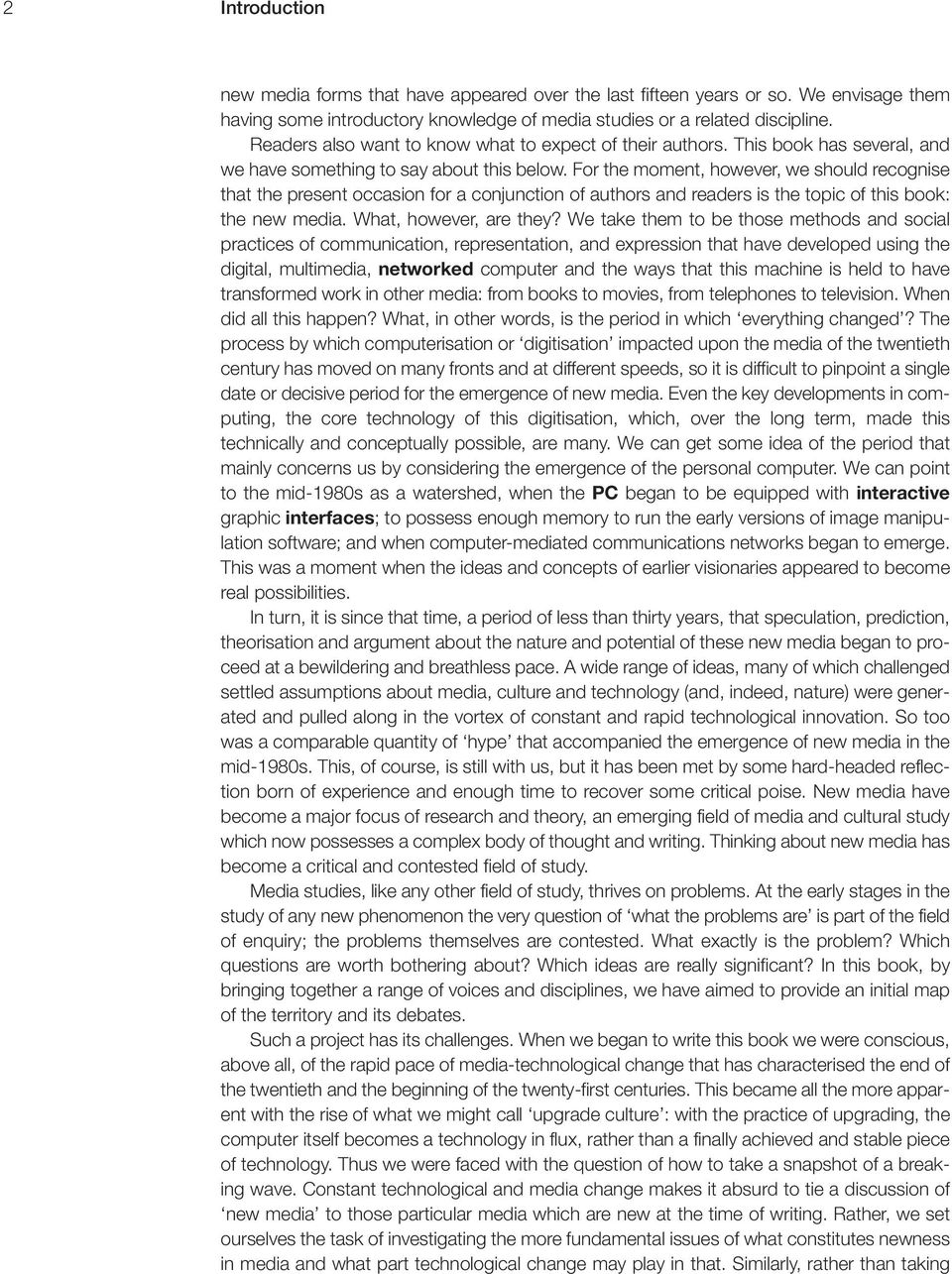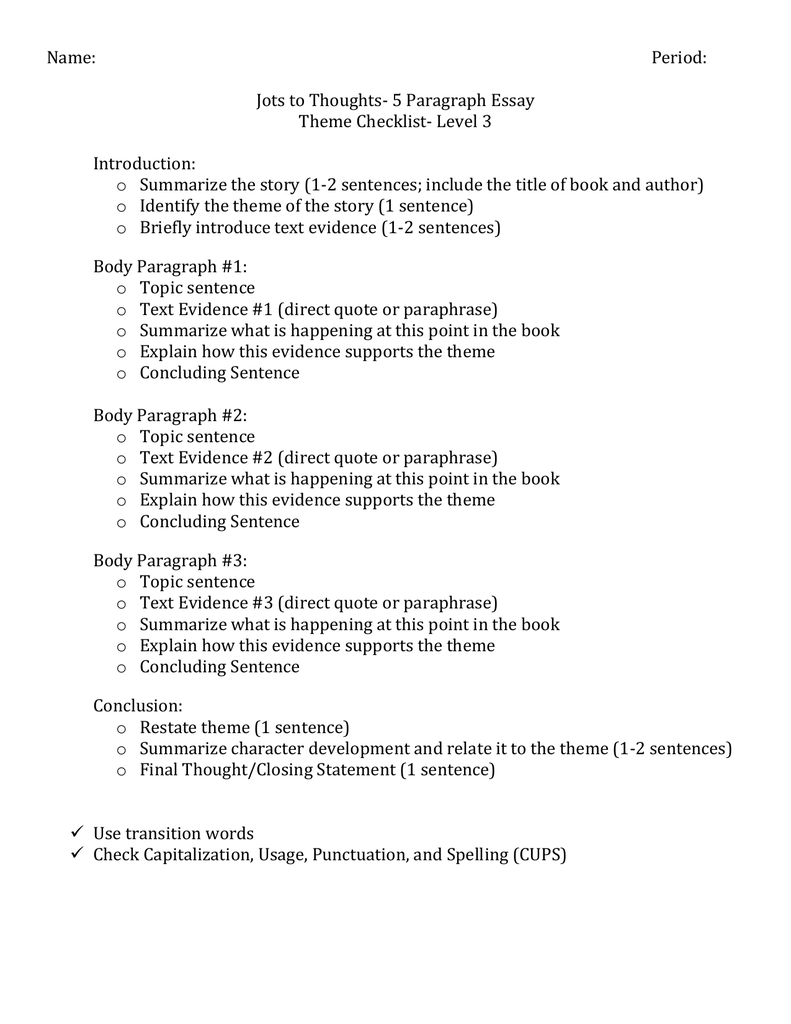Summary and Analysis of Sonnet 130 by William Shakespeare.
Women in Shakespeare's Sonnet 130 Shakespeare is expressing, though not in the first person, that he knows women are not the perfect beauties they are portrayed to be and that we should love them anyway. He uses two types of descriptions, one of their physical beauty and the other of their.William Shakespeare’s Sonnet 130 commonly known by its first line, “My mistress’ eyes are nothing like the sun” is one of the most celebrated sonnets in the English literature. The sonnet is one of those many manifestations of Shakespeare’s strong affection for the mysterious mistress often referred by many critics as the Dark Lady.A summary of Sonnet 130 in William Shakespeare's Shakespeare’s Sonnets. Learn exactly what happened in this chapter, scene, or section of Shakespeare’s Sonnets and what it means. Perfect for acing essays, tests, and quizzes, as well as for writing lesson plans.
Essay William Shakespeare 's Sonnet 130. that through the verse form of the sonnet, alongside poetic devices, a poem can generate meaning. In Shakespeare’s Sonnet 130, it can be argued the sonnet form, with its subconcious expectations of formal conventions, and the usual notion of a sonnet being concerned with love is adhered to.Sonnet 130 is about imperfection vs. perfection, personal preference on beauty, love and stereotyping. These ideas are developed throughout the poems quatrains and couplet through techniques. The technique that stood out for me and represented all of the ideas Sonnet 130 is about is imagery, whether it be negative or positive, Shakespeare uses the technique well in conjunction with other.

Essay Comparison Of William Shakespeare 's Sonnet 18 And 130. Tone in Sonnet 18 and 130 by William Shakespeare “Juliet: O Romeo, Romeo! Why are you Romeo?” (Shakespeare 2.2.33). is a famous line that leads us to one of the most well-known English writer: William Shakespeare.












